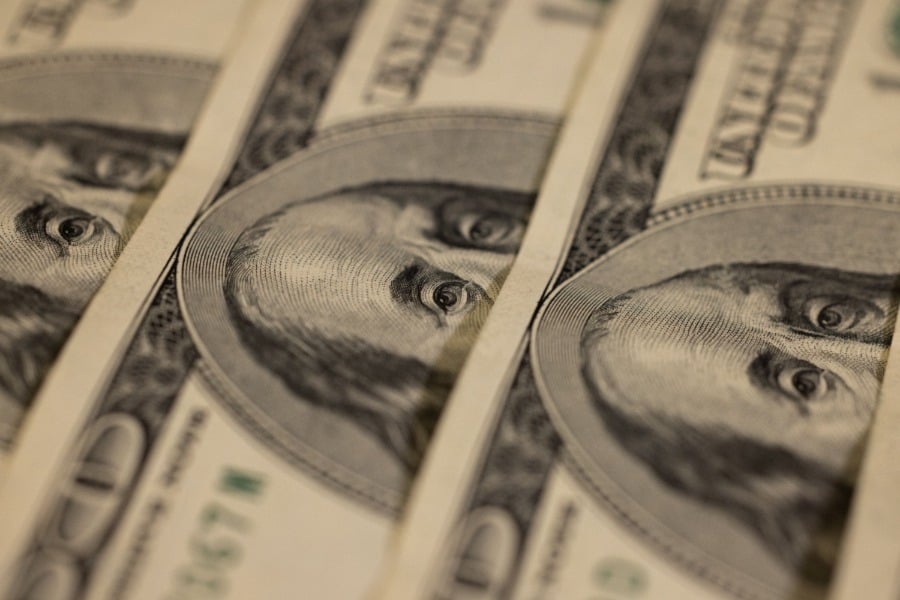State of Fun: The Minnesota State Fair

Jerry Hammer might just be the most knowledgeable person on the subject of the Minnesota State Fair. Hammer has worked at the fair since age 15 (over 49 years and counting), grew up across the street from it and has held a variety of jobs there—from landscaping and marketing to 22 years as general manager. He brings an exclusive insider's perspective on what makes the fair work and what allowed it to stay afloat during the pandemic.
For many of us, going to the fair is all about eating our favorite foods, checking out the animals and going on a few rides. But what goes on behind the scenes of such a large-scale, beloved event? We’ve got the scoop.
What was is like growing up near the Minnesota State Fair?
I grew up just a few blocks from the fair and just assumed everyone lived near a fair. I used to walk over with my older brother, get a slush and ride on the Old Mill with a quarter. We then got to stay up and watch the fireworks, which were much bigger and louder back then. Now they are much more noise-and eco-friendly. I eventually started working at the fair when I was 15 in the greenhouse and stayed all through high school and college. I was able to work 40 hours a week—no nights or weekends—which most of my friends could not find anywhere else.
What do you remember from the State Fair back then?
Some of the highlights I remember vividly are the mini steam train that rode around near the DNR building every day, the semi-truck that would rev its engine for attention,the cop car sirens from the games, the daily auto races and that you had to pay for everything (outside of people-watching).
What accomplishments are you most proud of since becoming General Manager of the Minnesota State Fair?
We’ve added several new attractions and updated several, too, including the North EndEvent Center, the West End Market, the new Bazaar and Miracle of Birth Center. Our facilities are in excellent shape. We worked hard to preserve the buildings, as they are all of historic importance. The Grandstand building, for example, is from 1909. You rarely see a building of that age these days being updated and preserved so well. We want to retain what’s special about the fair and the historic facilities are a big part of that. We [received] bonding authority to be able to generate our own finances for maintenance and capital work. It was a program we worked hard at, to update the fairgrounds and bring them into the next century. The fairgrounds are actually very advanced when it comes to technological capabilities and fiber optics.
What is the most surprising thing about the State Fair to you?
The national and international appeal. In 2019 (the last time the fair was open), we had visitors from all 50 states and 33 countries around the world. I’ve been recognized in countries around the world [when I wear] my State Fair apparel, including Australia and Japan, where a man inquired why we don’t have a “live butcher exhibit.”
What is your favorite food to have at the Minnesota State Fair?
My all-time favorite is no longer available anymore. It was at a stand called Schumacher’s. My dad’s mom was an amazing cook, and this place had dumplings and sweet kraut—the closest to hers that I have ever had. It reminded me of grandma’s cooking. Otherwise, I really do like all of it and the new stuff. There have been several TV shows on Food Network and the Travel Channel that highlight the new and unique foods here, which definitely contributes to [the fair’s] national and international popularity. There is truly no other fair anywhere like this one.
What is the most historical State Fair moment you've been a part of?
Sadly, the pandemic. We had no playbook on how to handle a pandemic in today’s age. The last time [the fair] was cancelled, due to the polio pandemic in the 1940s, things looked a lot different. The fair is a lot different—the operation is 12 times larger than it was in the 1940s. We announced the official cancellation on May 22, 2020, though we knew about a month earlier. The good thing is that we had the planning and expertise to keep us running and keep all of our staff employed throughout, compared to many other fairs around the country that have been forced to shut down.
What did you do to stay afloat in 2020?
We first came up with the drive-through event as a way to get people in the gates. There were only 16 vendors compared to the usual 300, but we did our best. We learned a lot from that event about putting on an event yourself and selling tickets online. It sold out much faster than we anticipated. We weren’t sure what the interest would be. We learned from the drive-through food parade, and for the May “Kickoff to Summer” event, we had a ticket lottery, which went much smoother. We had been talking about the event since December, and knew it was important to give people something to look forward to—something to do to get out of the house and get excited for summer. These events were integral as revenue generators and to keep us operational, as we don't directly receive any financial assistance from the state of Minnesota.
Is the Minnesota State Fair happening normally in 2021?
We are doing everything we can to make it as close to a fair experience as possible. Weare also setting realistic expectations and prepared to make adjustments as things are constantly changing.
What are your goals for the 2021 Minnesota State Fair?
We want to be realistic and are not expecting to have 2.1million visitors like we did in2019. We realize a lot of people will be hesitant, there are different comfort levels and it will take some time. From our perspective, though, the program will be the same as always, and just as good as ever. We invested slightly less than our usual budget for the year for facilities and programs, but enough to allow for our normal program. Since the facilities are in relatively good shape, we haven’t had to invest a ton this year outside of basic maintenance, so that helped a lot.
The main goal is to do the best job that we can to make sure that everyone feels included and a part of the fair. Finances will take care of themselves, but people really need this. They are desperate for fair news. Knowing that people are so relieved and how much local people need the fair is extraordinary and a reminder of all that we have invested into it. It emphasizes again and again the responsibility we have and the hard work that it takes to give people what they’ve come to expect. It is a real privilege and great responsibility to do right by Minnesota and do the best that we can.





